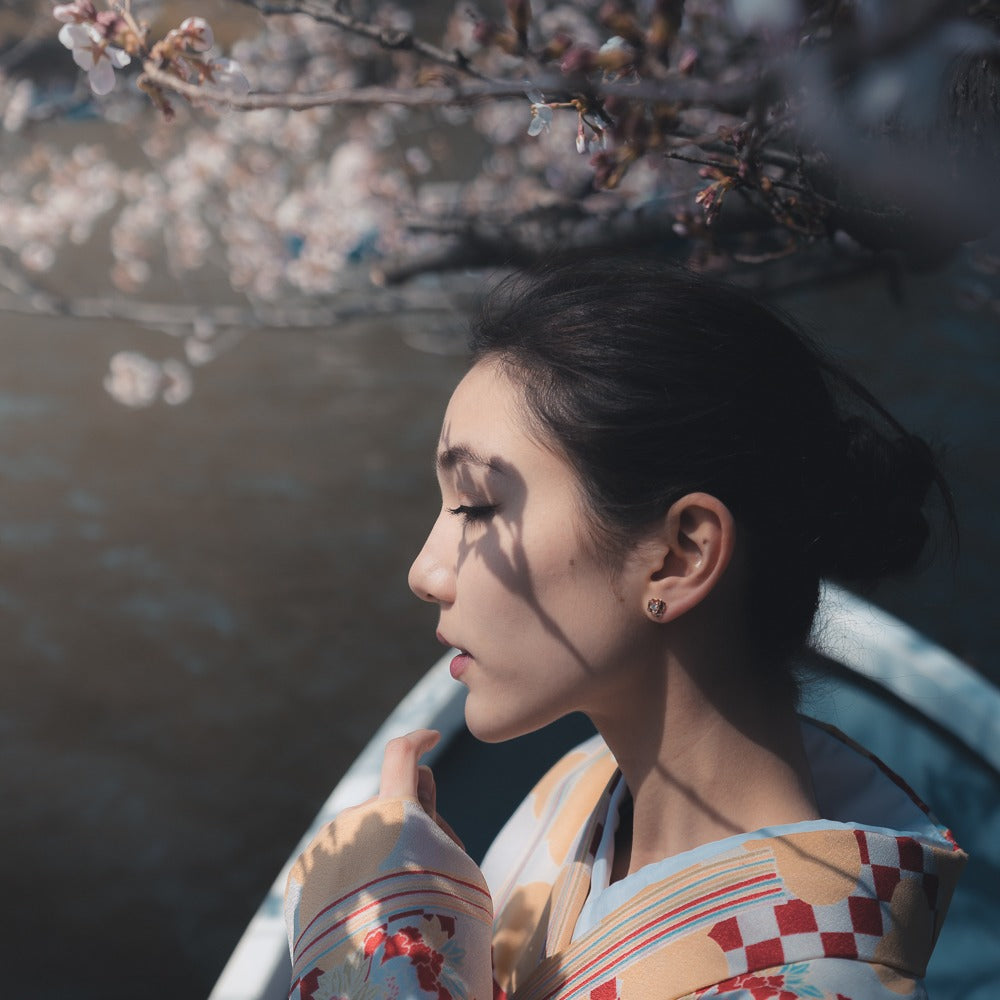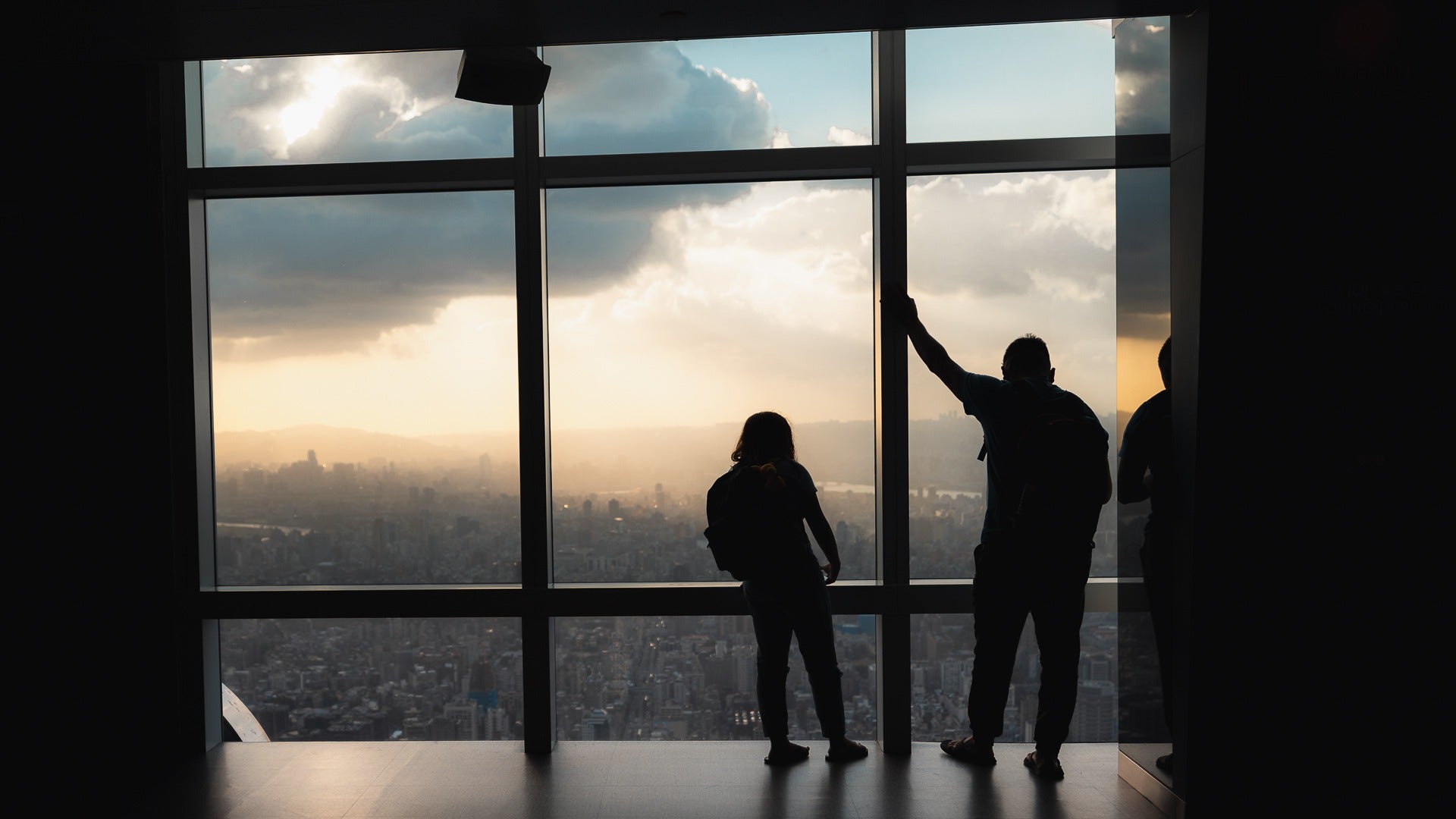Subject, subject, subject. Subject isolation in photography is something I absolutely hound on when teaching photography to people. I believe it’s the cornerstone to the strongest images.
As a general rule, the best images are immediately understandable. When you look at an image, you just “get it” straight away. You know what it’s about. Your eyes are comfortable looking at the scene. You’re not confused over what to look at.
When the subject is prevalent, that affords the image some room to breathe and allows the story to be told more effectively.
Leading the viewers eyes
Typically, effective images have at the very least a strong, primary subject. A core focus. Something where people don’t need to ask the photographer what the image is about because it’s immediately and universally understandable. It’s obvious.
Optionally, some images also have secondary or even tertiary subjects in a scene - elements that enhance the overall idea of the image. This is tricker to execute well, as the more subjects there are, the more chance for chaos and varied interpretations to run awry.
Subject isolation in photography really boils down to the idea of simplifying what’s going on in the scene and leading the viewers eyes.
When someone views your image, where do you want them to look? How do you want them to “consume” your image? What should they look at first? Second? Third? How does this order help convey the message you’re trying to say?
The idea is to be able to answer these questions at the point of capturing the image. Most people do this subconsciously, but the more thought you put into it, the better your chances of standing out from everyone else’s images.
Subject isolation in practice
There are many different techniques you can use to help isolate your subject when out in the field. Here’s my favourites:

Using strong composition points
The classics are a classic for a reason - placing your subject on the thirds of your image rather than way off to the side or in some random spot in your scene leads the eye better.
This has to do with visual balance - the idea that there’s a weighted hierarchy in your scene. When subjects that are important are placed in locations of counter-balance, the eyes rest naturally and things feel balanced, as they should.
Of course, as your photography skills progress, you’re welcome to break those rules. However, deliberately composing a scene for tension, dynamism, or imbalance is a fairly specific use case, and one you must practice a lot to get right, otherwise you end up looking like a newb.
Fall back to the middle
If all else fails and you can’t figure out a good composition that works well with your scene, just stick your subject in the middle.
The middle never fails.

Fill the frame
Prominence suggests importance.
The bigger the elements are in your scene, typically the more important they are to that scene. Therefore, making your subject larger makes it easier for the viewer to understand what the image is about.
This subject isolation technique is really helpful for capturing people and portraits. The larger your portrait subject, the more your eyes are led to focus on the person, rather than the context they’re in. The inverse is true also; making the person smaller in the scene and bringing in more background gives the viewer more context over where the image is.

Control the background
This idea of subject isolation in photography can only be effective if you control the inverse of the subject too - the background, or the setting that the primary subject lives in.
The background is important. Oftentimes it gives context, environment, and atmosphere to an image. Typically without a good background, you lose an opportunity to enrich the objective of the primary subject.
When compose a scene and evaluate it’s background, I consider two things: a sense of place and subject separation.
A sense of place
Some questions to ask yourself:
- Does the background provide a richer story to the subject?
- Is there context to be had that assists the overall scene?
- Is the background distracting?
- Does the subject make sense without this background?
- Does the background tell its own story too?
Subject separation
This is really about visual contrast. Some questions:
- Does the subject distinguish itself from the background?
- Does it do so enough?
- Does the background help the eyes immediately become drawn to the subject?

Use contrast
I’m not just talking about light and dark here (although that’s great too). I mean contrast in the literal sense of the word - the idea of clear identification and comparison between two elements.
Colour contrast
If your scene has the fortune of incorporating contrasting colours, great! Use it.
Look for colour contrasts where colours may be complimentary or harmonious with one another. Look for colour contrasts where a particular colour stands out from the rest of the scene. Look for colour contrasts where normal colours don’t make sense in their environment.
Tonal contrast
I’m always on the lookout for great light, especially in relation to how that light causes shadow. Lightness and darkness. Tonal contrasts.
The tone of an image can help with shaping the isolation of the subject. When shadows are cast, the shapes they provide literally mould your subject.
Train your eye to see the quality of light and shadow in your scene - this is the bread and butter of developing great vision as a photographer.

Shallow depth of field
Bokeh and shallow depth of field is subject isolation in photography at its most physically tangible.
People (like me) spend literally thousands of dollars on lenses that give you a shallower depth of field. These lenses and their faster apertures allow you to isolate subjects through blur - faces, eyes, people, plants, trees, dogs, whatever.
A shallow depth of field blurs everything else away so that the only thing left to focus on for the viewer is the subject the photographer intended to isolate.
Of course, you don’t need to spend thousands of dollars on the best glass; great shallow depth of field effects can be had with most any lens, provided you get close enough to the subject - even my iPhone gives off decent looking bokeh at close ranges without the “Portrait blur” effect on.
Also, don’t call it “bow-ka” when referring to bokeh and shallow depth of field, okay? It comes from a Japanese word - Boke (暈け). Pronounced “bow-keh”. Also if you’re American, your nationality is not an excuse. Kthx.
Subject, subject, subject
Remember, a strong image is (more often than not) one that’s instantly understandable.
There’s nothing to “get”, because it’s obvious what it is.
You can achieve this by employing the techniques above while you’re out shooting, and with enough practice, all of these techniques will become second nature to you - after having put so much thought into it, it becomes habitual and people will start to see every one of your images as thoughtful pieces with a bit more depth than everyone else’s.
That’s how important subject isolation in photography can be.
Good luck.



